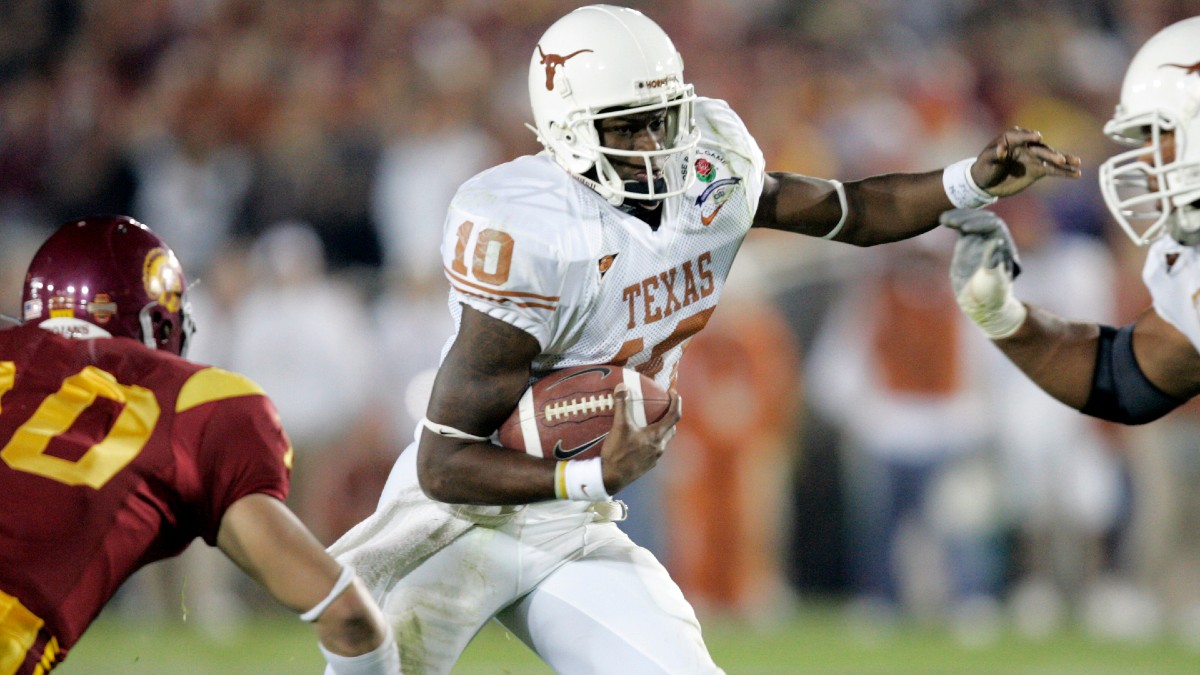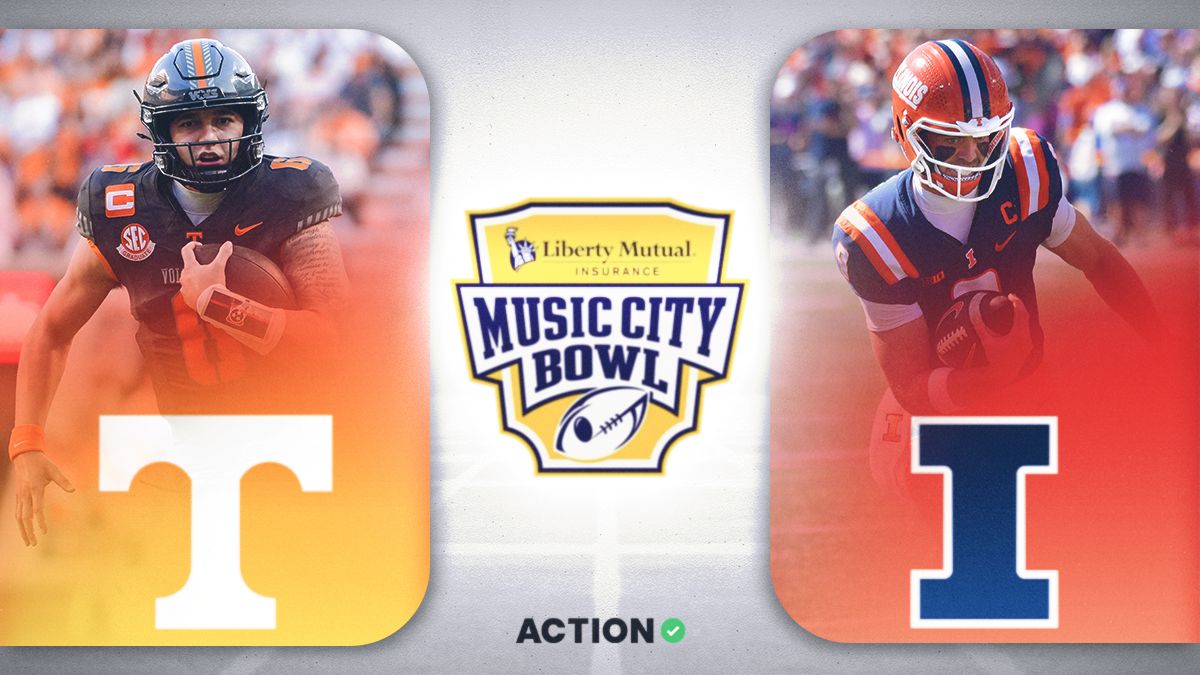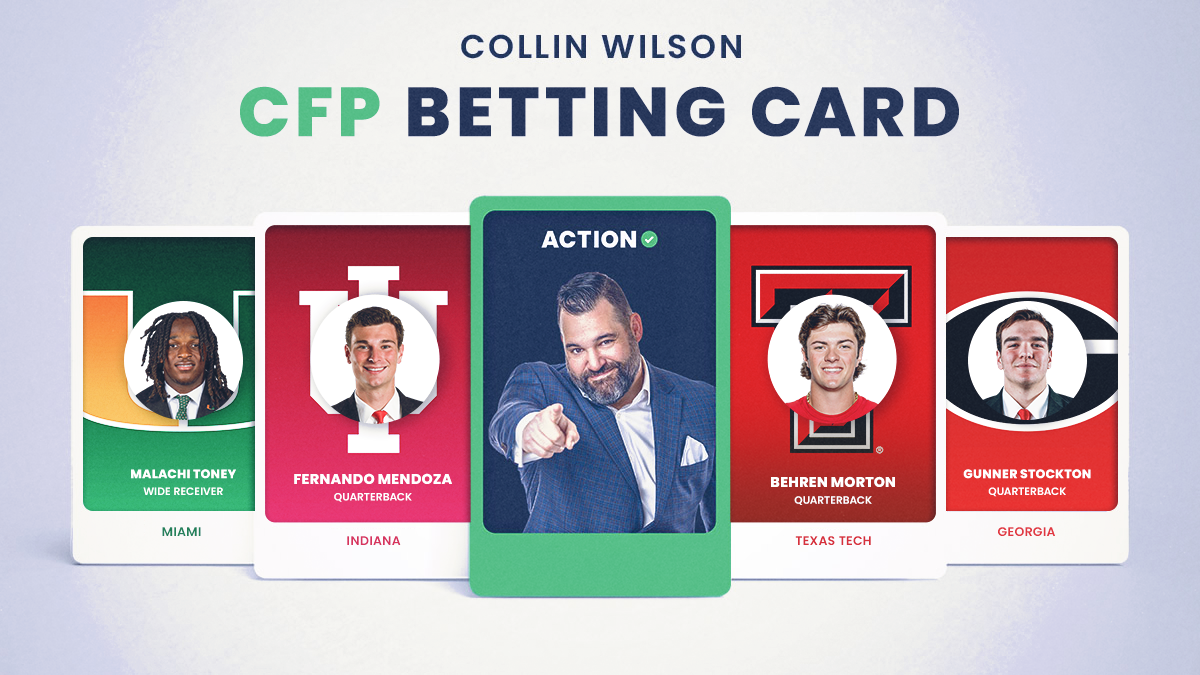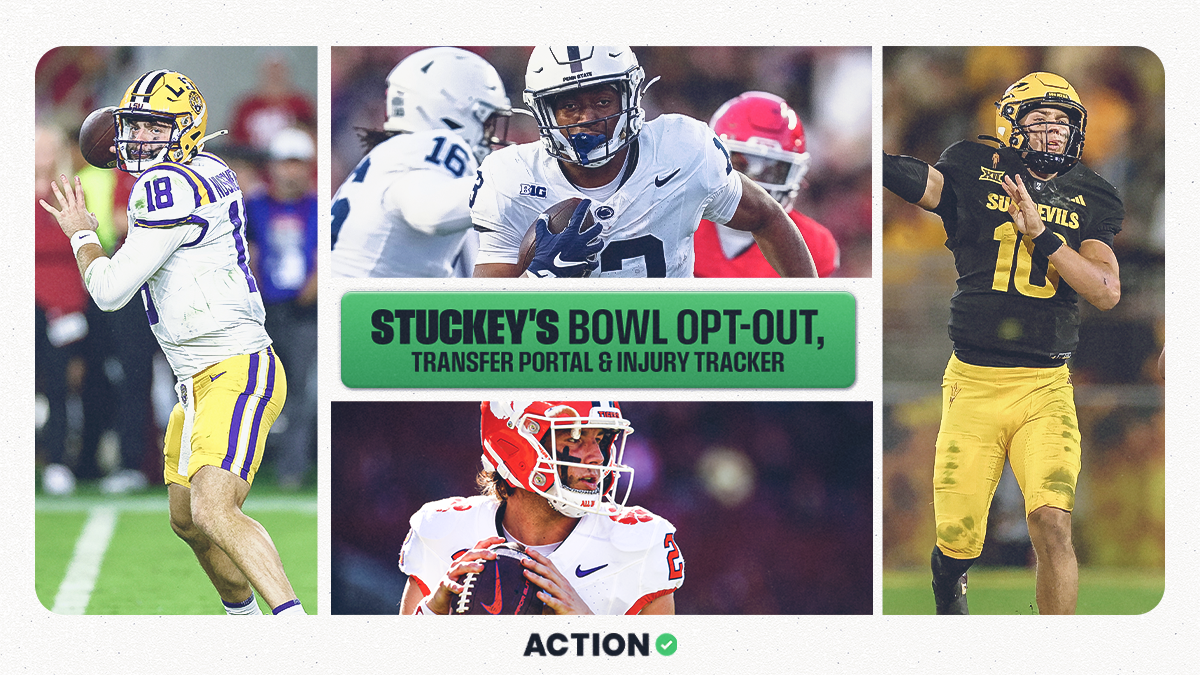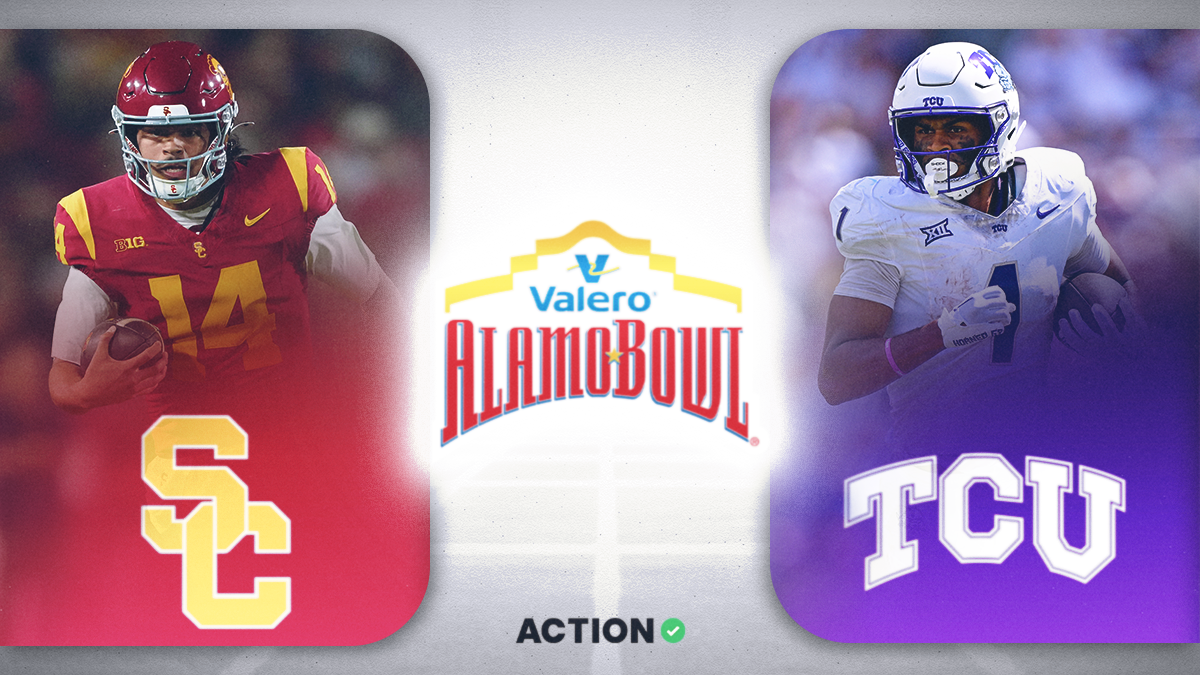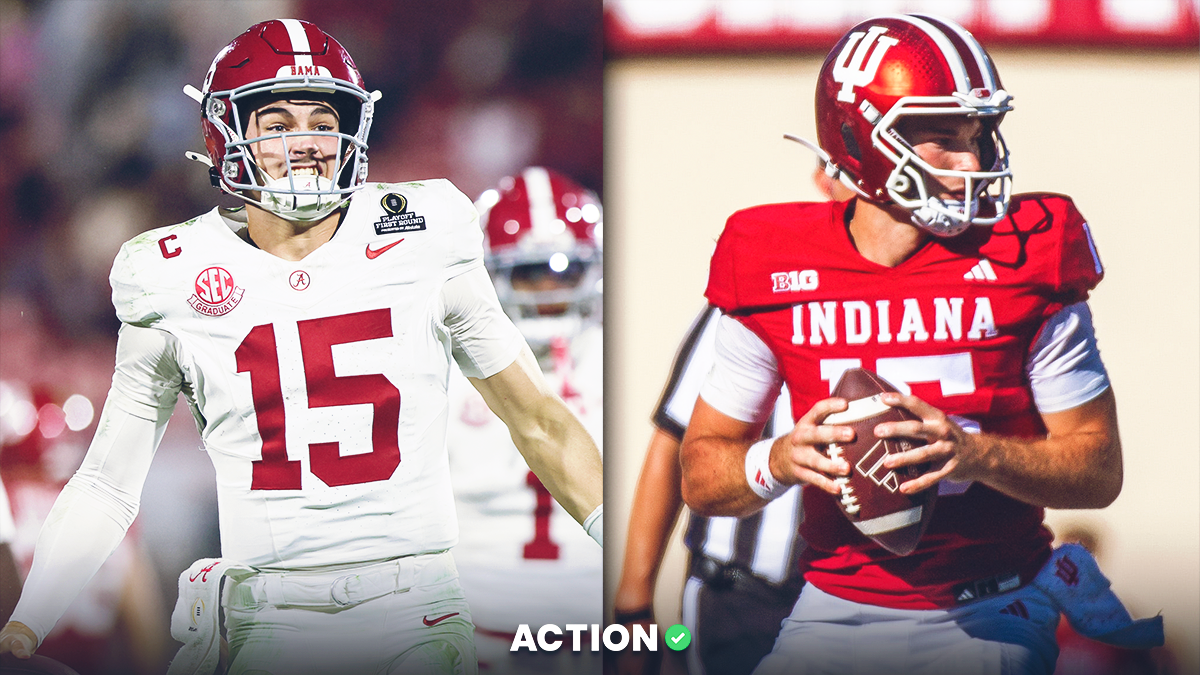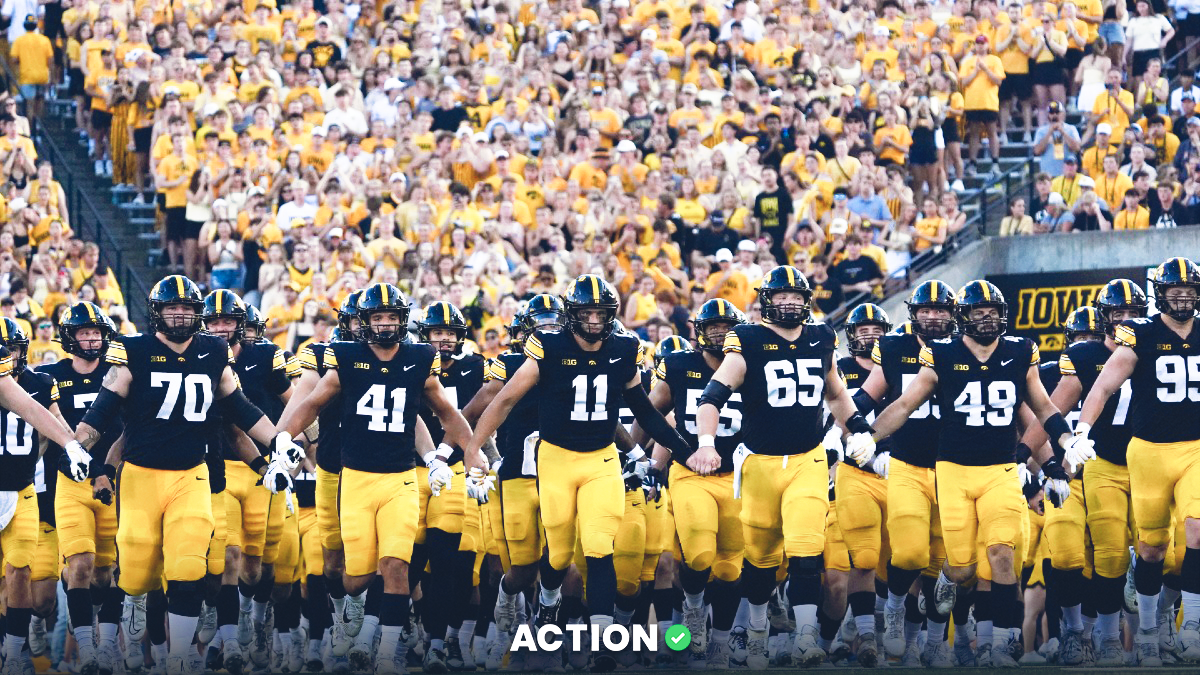My Modern Era College Football Tournament began with 68 teams spread out across the last 40 years.
From 1980 Pitt led by Hugh Green and Dan Marino, to Coach O and Joe Burrow’s 2019 LSU Tigers, the tournament became a celebration of old and new.
With the exception of two Cinderella runs (‘15 Ole Miss, ‘17 UCF to the Sweet 16), the usual suspects arrived in the Elite Eight. But after a pair of upsets, our Final Four may not be what fans expected.
The national semifinal is comprised of two No. 1 seeds (‘95 Nebraska, ‘01 Miami FL) and a pair of No. 2 seeds (‘05 Texas, ‘91 Washington).
Collin Wilson has gone down a YouTube rabbit hole to scout the four remaining teams, and after crunching the numbers, has his take on the two semis in Atlanta.
If you’d like to see how we got here, head on over to my Twitter feed for game recaps, video highlights, and stats.
Final Four
No. 1 '95 Nebraska vs. No. 2 '05 Texas
- Spread: Nebraska -4.5
- Total: 61.5
How do you begin to handicap a game that includes two national title teams that blew out everyone on their schedules? Texas won the Big 12 Championship game 70-3 over Colorado. The Longhorns then went on to beat one of the best teams in history, 2005 USC.
Nebraska didn’t break a sweat the entire 1995 season, as its closest margin of victory was a 35-21 game against Washington State. Nebraska continually posted "instructional videos for the opposition."
Huskers QB Tommy Frazier was running RPO packages before the RPO became a household term.
Ten years after Nebraska steamrolled the college football world, Vince Young was running wildcat packages with 4 ‘go’ routes on the outside for the Longhorns.
Nebraska implemented reverse triple option features, while Texas frequently moved the pocket to give Young multiple options.
The deciding factor between these two teams is which defense can put a bump in front of two legendary college quarterbacks. The Longhorns had Brian Robinson at defensive end, who had 15 tackles for loss and 10 pressures on the season. Robinson would move on to have a decade long career with the Minnesota Vikings.
Brian Orakpo at outside linebacker also would have been key in blowing up the Cornhuskers attack. In 2005, Orakpo earned defensive freshman of the year in the Big 12. He would become a four-time Pro Bowl selection in the NFL.
Nebraska was loaded on defense in 1995. Jay Foreman and Mike Minter would go on to have over 500 tackles in the NFL. Defensive end Mike Rucker made the Pro Bowl with the Panthers, while Tyrone Williams collected 19 interceptions in the NFL.
But the crown jewel of the Nebraska blackshirts was defensive end Grant Wistrom.
Stopping Vince Young or Tommy Frazier is about plugging holes in the trenches. And no one did that better than the Nebraska defense from 1995.
The Cornhuskers have enough fire power on the defensive line to pressure Vince Young, who tallied 21 interceptions in the 2004 and 2005 seasons. My money would be on Huskers to cover the number. — Collin Wilson
No. 1 ‘01 Miami (FL) vs. No. 2 ‘91 Washington
- Spread: Miami-3.5
- Total: 52.5
After box score review, these may be the best defenses in the entire tournament. The 1991 Huskies allowed five opponents to score more than touchdown, but never allowed any team to go over 21 points.
The 2001 Hurricanes only allowed four opponents to score more than a touchdown, with one of those opponents nearly pulling the upset.
Virginia Tech led after the first quarter of play in Blacksburg on Dec. 1, only to lose by two points in Miami’s magical season. Virginia Tech was in the backfield often against this Miami team, but four interceptions from Grant Noel aided Miami in the victory.
The real standout from Washington game logs is first half scores. The Huskies allowed just 54 points in the first half, allowing just six first half touchdowns the entire season. Defensive coordinator Jim Lambright had the defensive front seven in the backfield often, allowing just 1.9 yards per rush on the season. In contrast, Miami allowed 3.1 yards per carry against a weaker strength of schedule.
Through the air, both quarterbacks cancel each other out. Billy Joe Hobert had a 22-10 touchdown to interception ratio, while Ken Dorsey posted 23-9. Oddly enough, both quarterbacks posted a season rating of 146.1.
With a posted line of Miami -3.5, I'll make a few max bets on the Huskies. Washington never struggled during the 1991 season with a tougher strength of schedule.
The coaching advantage goes to the Huskies as Larry Coker was in his first season at Miami. The Huskies defense consistently played behind the line of scrimmage with Steve Emtman leading the charge, and that would be no different here. — Collin Wilson


